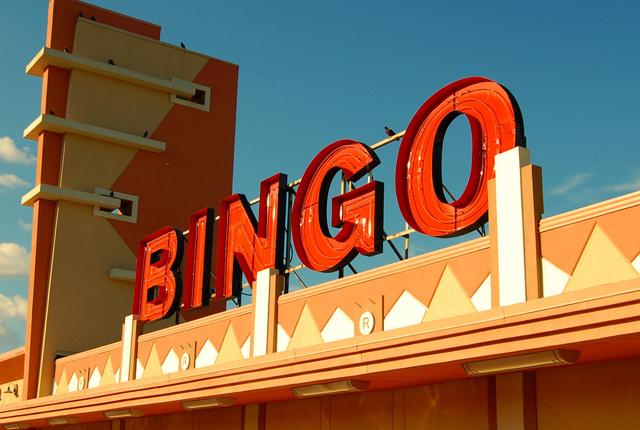Who Invented Bingo? History and Origin of Bingo Explained
Today, “Bingo” is a game of chance and “Beano” is an over-the-counter medication that helps you pass gas. Amazingly, though, “Bingo” was once called “Beano”, and before that, it was called “Lo Giuoco del Lotto D’Italia.” Here’s how the popular game made its way from Italy in the 1500s to modern-day bingo halls and senior centers.

History of Bingo
“Lo Giuoco del Lotto D’Italia” was the Italian Lottery, and featured the same basic principles still employed in bingo today. In the 1770s, after it was introduced to France, some changes were made that brought it even closer to its current version. The French version included a three by nine grid, with each square including a number up to 90. Randomly-drawn numbers corresponded with the board, and whoever was the first to complete a full horizontal row won.
By the 1900s, the game had been introduced on the American carnival scene. Dubbed “beano” because the participants would mark their board using beans and call out “beano!” when they completed a row, the American game had fewer numbers than the French version.
Who Invented Bingo?
In 1929, Edwin S. Lowe, a toymaker, liked the enthusiasm he saw during a game of Beano and decided to create a version of his own. When he gathered a group of friends together, according to legend, one player was so flustered by near-wins that when he finally managed to cover a row he accidentally yelled out “bingo!” instead of “beano!”, and the rest is history.
Another legend says that the name “Bingo” actually comes from the UK, where a very similar game by that name was popular. Wherever the name comes from, it was a major hit in the US and has been a favorite activity at churches and retirement communities ever since.
